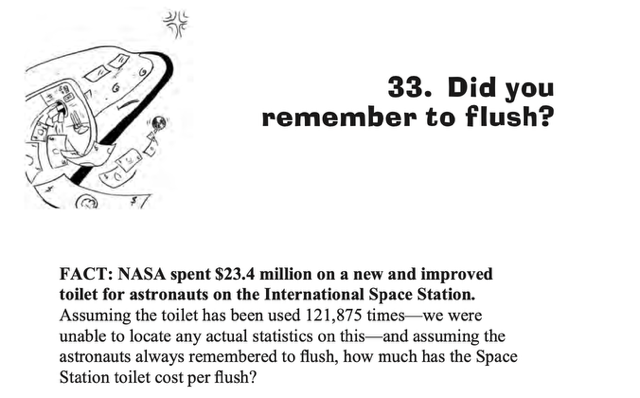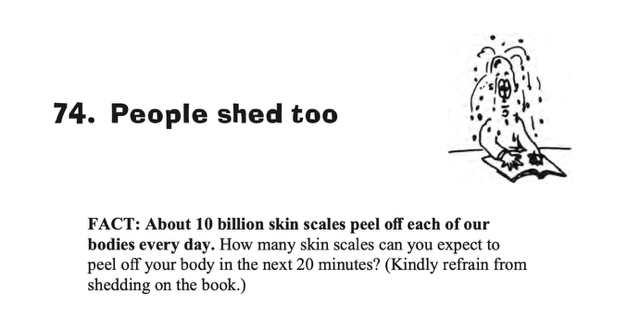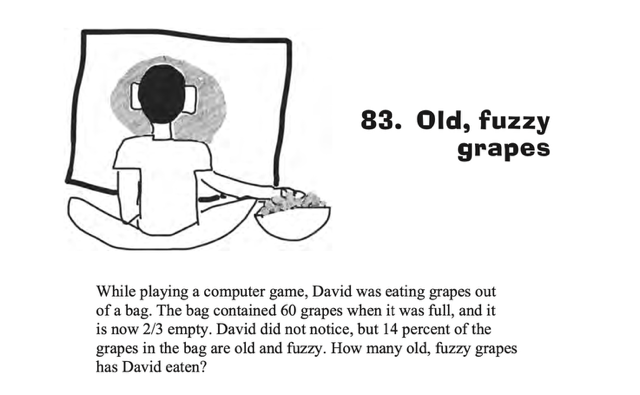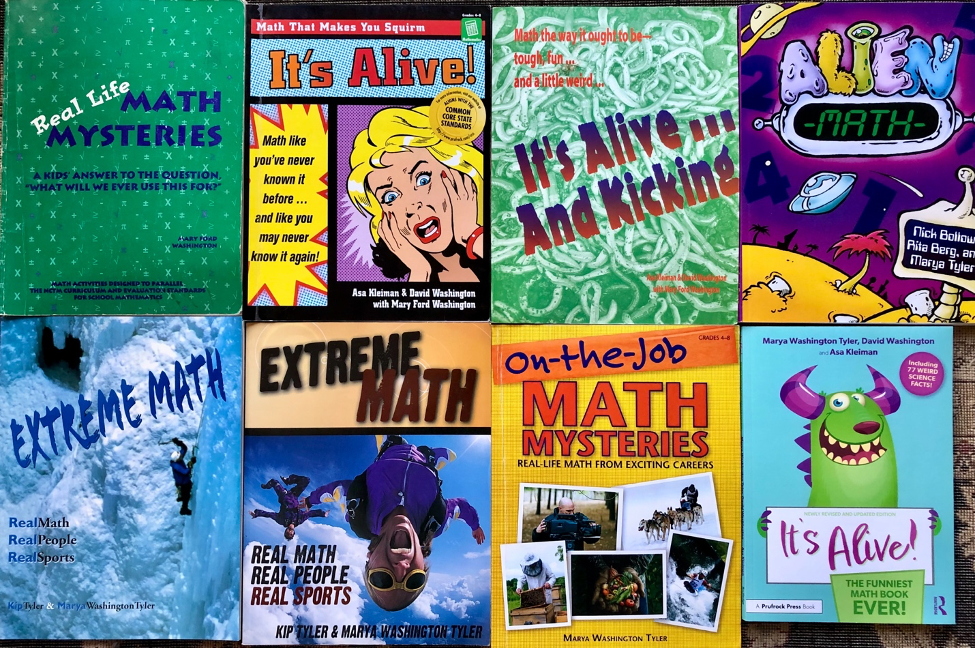By Marya Washington Tyler
I am an author of math books, which to some may sound like a dry job, but that’s exactly why I do it. It’s my goal to show kids that math does not need to be sterile, colorless, and without feeling. I’ve written seven books so far, each of them focused on bringing the subject of math to life in funny and interesting ways.
It all began when I was teaching advanced grade 4–6 students in Marshfield, WI, and the National Council of Teachers of Mathematics advised that we should be teaching real-world math. Okay.
I found some kind-of-real real-world math, but none that struck me as real real-world math. All I came across were problems like, “If a farmer had ten acres…” This made me think, ‘Well, why doesn’t someone go out and ask a farmer about the math they actually use?’ So, I did. That’s how my first book, Real Life Math Mysteries, came to be.
Shortly after its release, I was driving my son David (who was in 5th grade at the time) and his best friend, Asa, (who was in 6th grade) home from whitewater rafting, and David needed me to pull over. While David was off in the forest answering the call of nature, Asa mused about the number of mosquito bites my son was getting. If he got 15 mosquito bites per minute… We started working out the math.
Returning to the car, David joined in on the fun too. “Why don’t they write math problems for kids like that?” he asked me. And I thought, ‘Why don’t we?’
That summer, the three of us—David, Asa, and I—met regularly and, with a little encouragement from popsicles and Taco Bell, came up with It’s Alive!, which was then illustrated by the kids’ art teacher. The book ended up becoming a best-seller in the field of gifted education.
Here’s the sample of that first problem:

Another year, while teaching my students about number bases, it occurred to me that a journey through the galaxy would likely result in encounters with species that had a different number of fingers than humans do—and that those species would use number systems other than our base 10. I proposed writing such a book to a mathematician friend and a bright fourth grader, and we teamed up to create Alien Math.
Around that same time, extreme sports were really popular with kids, so my husband, Kip, and I set out to find amazing athletes doing extreme things. We wanted to learn about the math behind their achievements. World champion athlete Erik Weihenmeyer, the first blind man to climb Mount Everest, was happy to share with us the math he needs to climb peaks. We also spoke with a world champion kayaker, a master scuba diver, a top adventure racer, a rodeo champion, a master hang glider, and several others. Everyone was eager to talk about the real math they face while flying off cliffs, kayaking over waterfalls, riding raging bulls, and plunging down steep hills on mountain bikes. Their stories became the basis of a book that Kip and I wrote together: Extreme Math.
Later, my husband and I moved to Alaska, where we found ourselves surrounded by people with truly amazing jobs: commercial fishermen, a bush pilot, a sea lion veterinarian, a commercial diver recovering sunken valuables, a professional totem pole carver, an air traffic controller, and more. They all had fascinating stories to share about how they used math in their work. Ryan Redington, winner of 2023 Iditarod Trail Sled Dog Race, even spoke with us about the math he encounters while mushing dogs across 1,000 miles of the most rugged parts of Alaska. All these stories become the basis for another book, this one called On-the-Job Math Mysteries.
Thirty years had gone by since the original publication of It’s Alive!, and the book needed a little updating. My son (now a group manager at Microsoft) and his friend (now a professional freelance illustrator), who both worked together with me on the first book, decided to collaborate once more. We took the funniest of the original math problems, added 40 new ones, along with updated illustrations, and came up with It’s Alive! The Funniest Math Book Ever!
Here’s one of my favorite reviews of that book:
The title of this book definitely lives up to its name. I used this with my 6th grade math students, and they loved it! This book easily supplements my math curriculum by matching Standards for Each Problem and Problems for Each Standard. As an added bonus, many of the 120 story problems contain true interesting facts. Every middle and high school math teacher should have this book for the valuable lessons and to show their students that yes, they will use math in their life.
Susan, teacher of 30 years in Michigan
See for yourself. Here are a few sample problems from It’s Alive! The Funniest Math Book Ever!


David and Asa are even featured in some of the problems.

Students will also be asked to calculate:
- The average number of new-to-science microbes found in each belly button;
- Whether a full bladder will fit into the average water bottle;
- How long it would take the average person to fill a 5,000-gallon hot air balloon with their own body gas;
- And much more!
I’m still writing math books to this day. I’ve recently come up with another one that’s in the final stage of production right now: Real World Math: An Answer to the Question “What Will We Ever Use This For?” It’s set to be released this July by Taylor & Francis (Routledge). In this one, students in grades 4–8 can join the Coast Guard on a search and rescue mission, conduct a symphony orchestra, accompany an adventurer across the Great Basin Desert, count birds at dawn with a biologist, voyage on a three-masted tall ship, rescue sick and abandoned dogs, chase speeders with a state trooper, and lots more.
So, there you have it. Real-world math is all around us, all the time. That first conversation with the farmer changed everything. It reminded me that math isn’t just something we teach—it’s something people live. Since then, I’ve made it my mission to uncover the kinds of math that people actually use in their daily lives. I would love it if you checked out my books, but if not—no problem! You can still spark real-world thinking by encouraging your students to spot the math hiding in plain sight: in kitchens, playgrounds, amusement parks, and beyond. Because honestly? That’s where the real learning begins.

Marya Washington Tyler, MEd, thoroughly enjoyed teaching math to elementary and middle-school students in Wisconsin, Idaho, Washington, and Alaska, and continues to bring math to life for students around the world. She and her husband, Kip, grow much of their own food on a little patch of land near Lake Superior.


